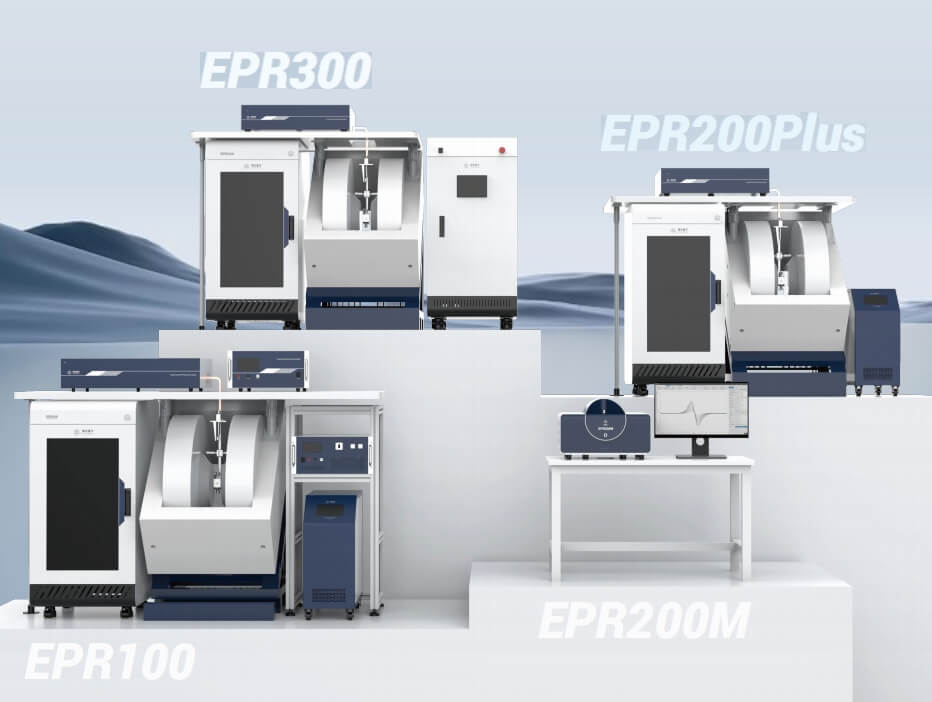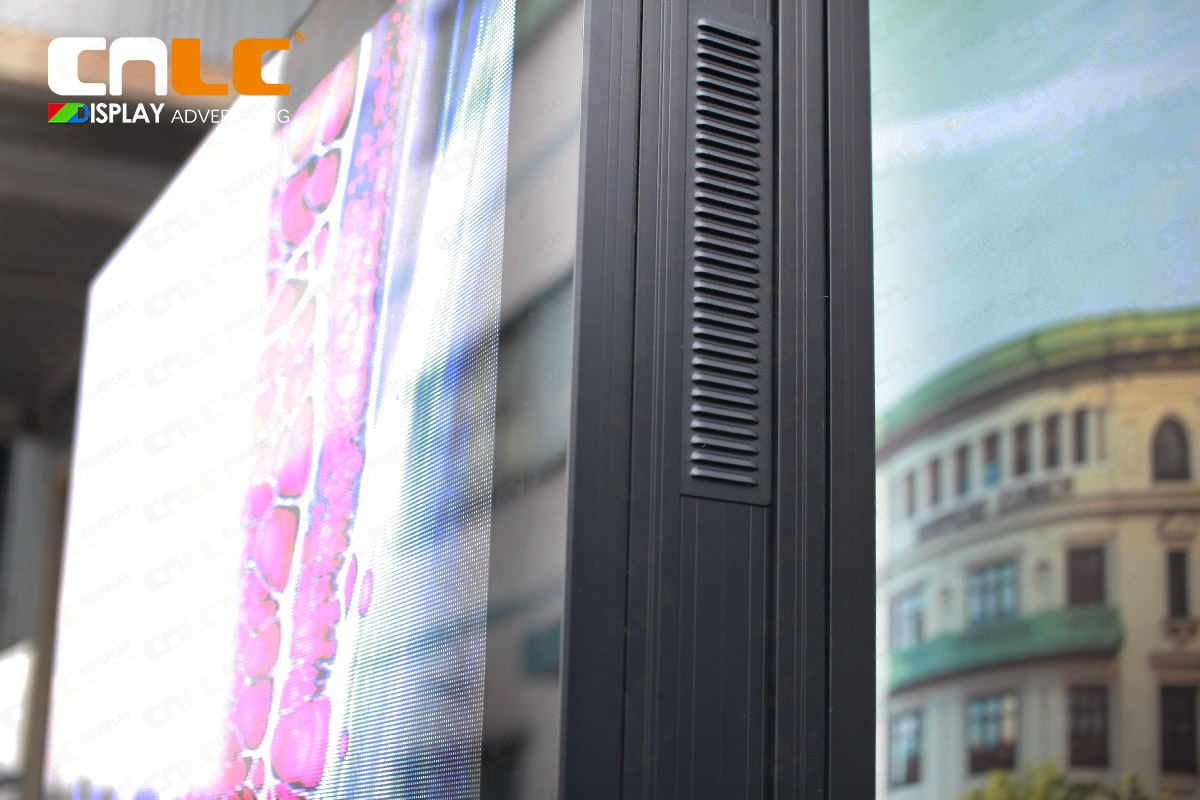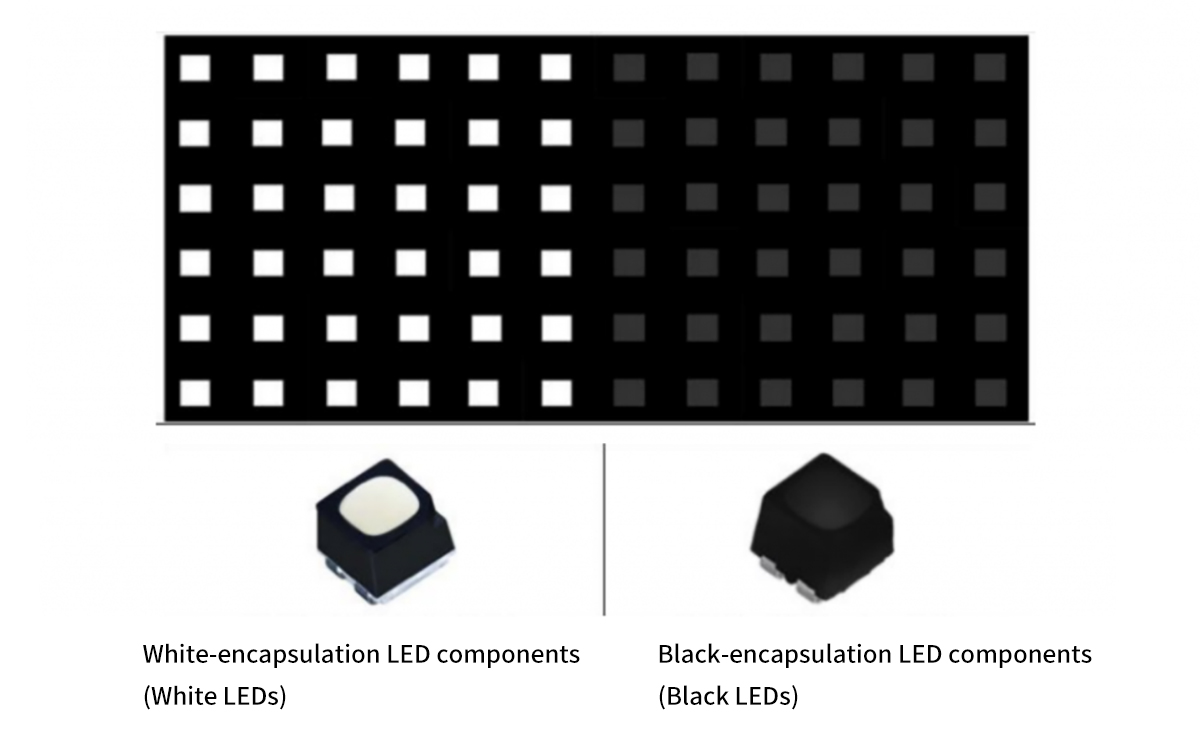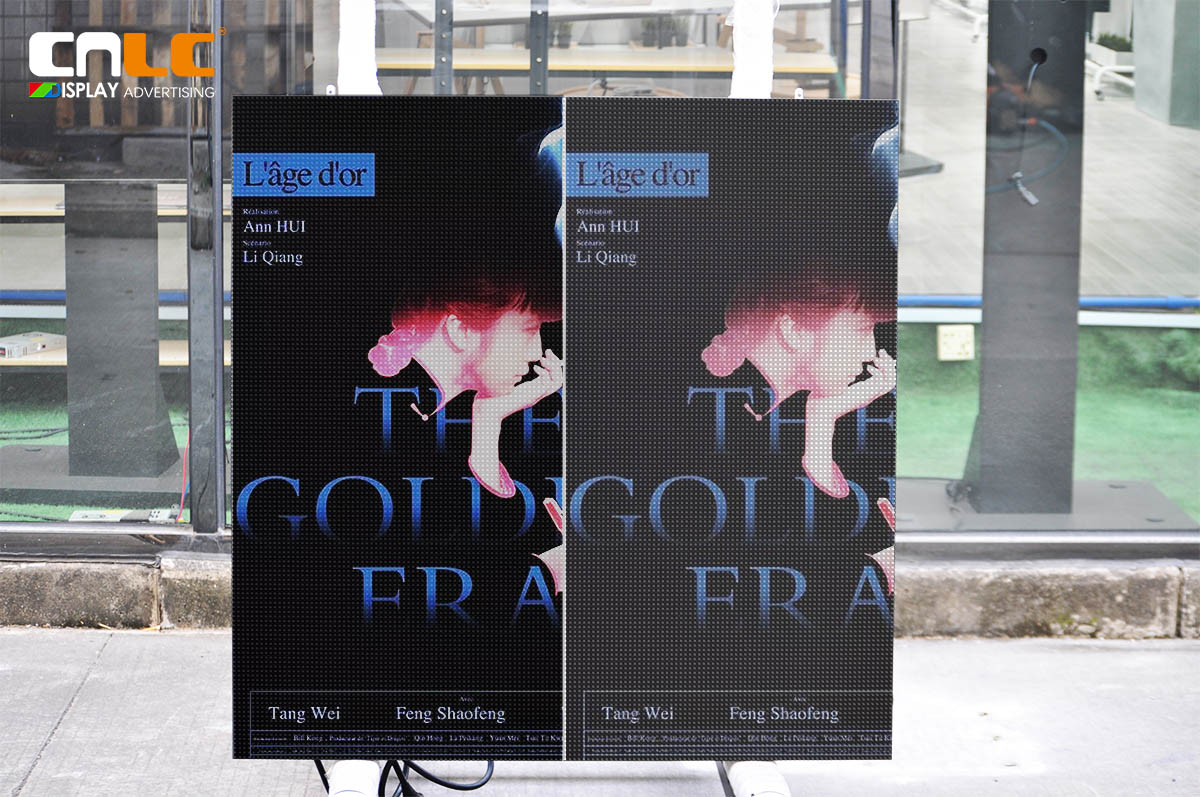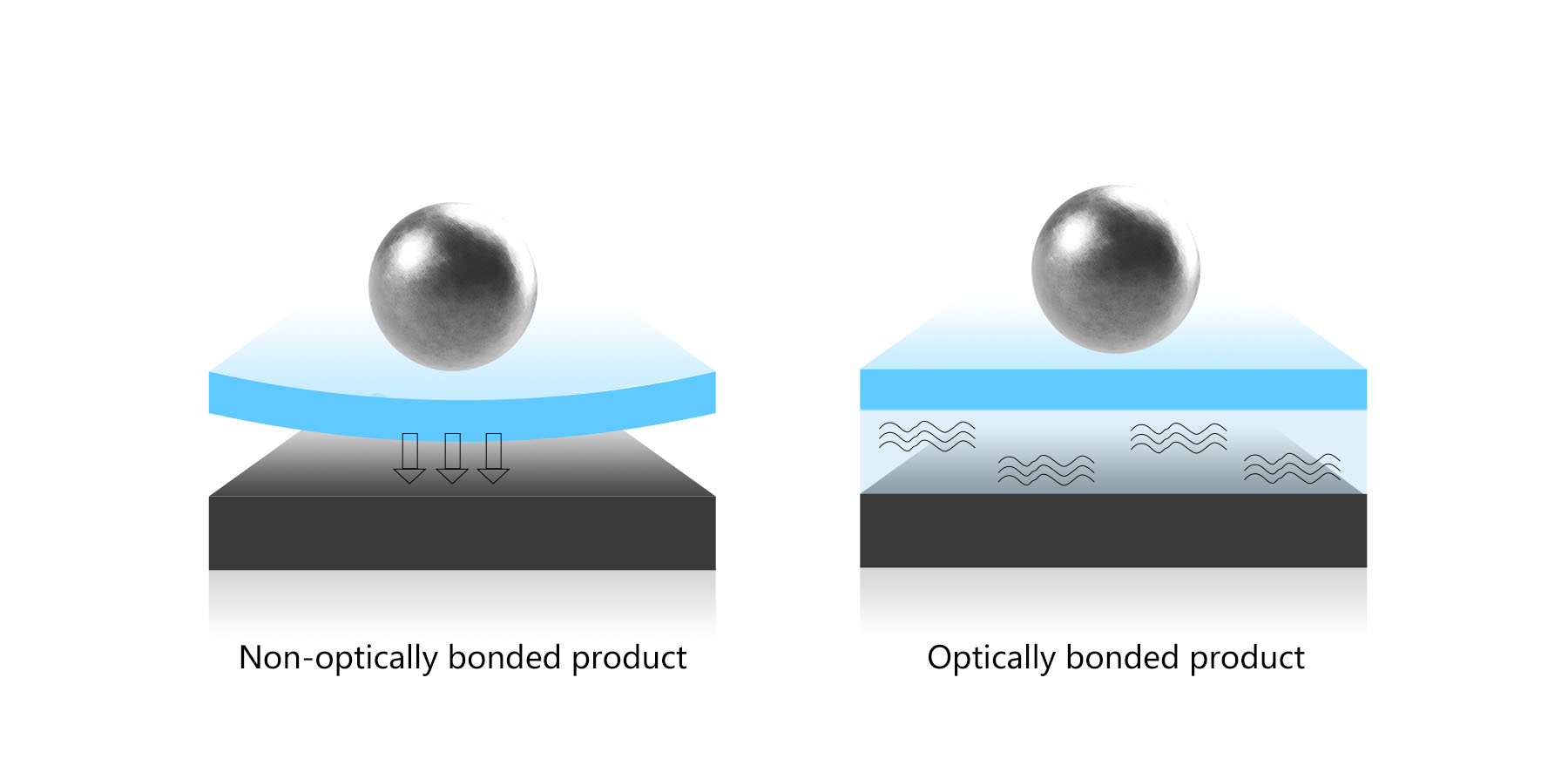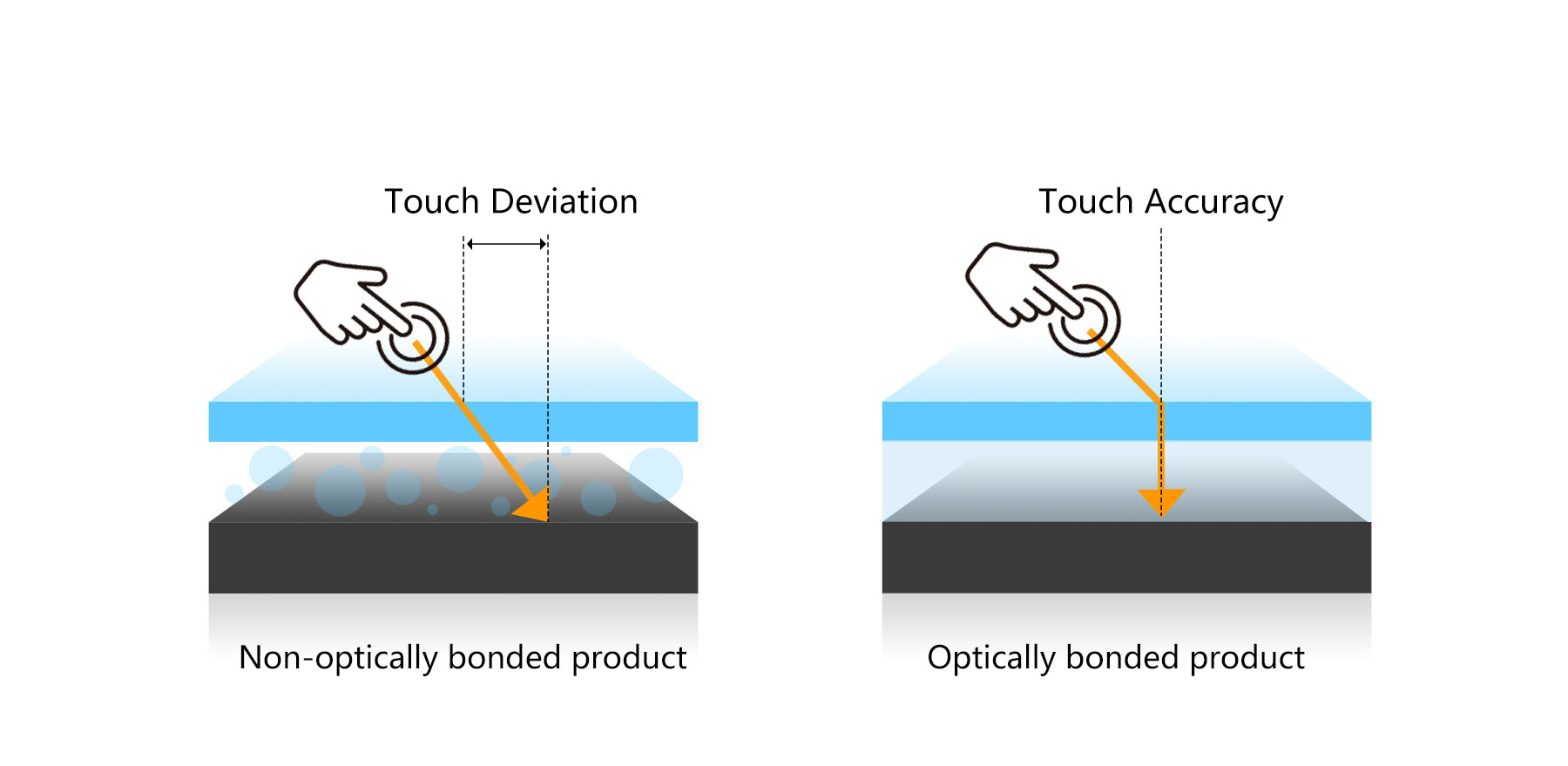Electron paramagnetic resonance (EPR), or electron spin resonance (ESR), is a powerful spectroscopic technique used to study the properties of molecules with unpaired electrons. EPR spectroscopy provides invaluable insights into paramagnetic species' electronic structure, spin dynamics, and coordination environment. In this blog, we will explore the fundamentals of EPR spectroscopy and discuss a step-by-step approach to interpreting EPR spectra.
▶ Understanding the EPR Spectrometer:
To interpret EPR spectroscopy accurately, it is critical to familiarize yourself with the components of an EPR spectrometer. The basic components include a strong magnet, a microwave source, a resonator, and a detector. The magnet generates the magnetic field, and the microwave source produces the necessary radiation. The resonant cavity collects and enhances the microwave signal, which the detector detects and records.
▶ Spin Hamiltonian:
The interpretation of EPR spectra begins with the spin Hamiltonian, which describes the interaction between the unpaired electron spins and their local environment. The spin Hamiltonian consists of several terms, including Zeeman, hyperfine, g-anisotropy, and zero-field splitting interactions. Each term affects the overall EPR spectrum, and understanding their roles is essential for an accurate interpretation of the spectrum.
▶ Zeeman Interaction:
The Zeeman term arises from the interaction between the electron's spin and the external magnetic field. It splits the energy levels of the spins, resulting in multiple resonance lines in the EPR spectrum. The number of lines depends on the spin quantum number (S) of the paramagnetic species. For example, a molecule with one unpaired electron (S = 1/2) exhibits a doublet spectrum.
▶ Hyperfine Interaction:
The hyperfine interaction refers to the magnetic interaction between the electron spin and nearby nuclear spins. This interaction splits the EPR lines further, creating an additional fine structure. The number of hyperfine lines depends on the nuclear spin and the number of equivalent nuclei interacting with the unpaired electron.
▶ g-factor (or g-value) and g-Anisotropy:
The g-factor is a dimensionless quantity that relates the magnetic moment of the electron to the applied magnetic field. It determines the position of the EPR spectrum along the magnetic field axis. The g-factor is generally isotropic (single value) for free electrons but can be anisotropic (vary with direction) for paramagnetic systems. G-anisotropy leads to EPR spectra with angular dependence, indicating different electronic environments.
▶ Zero-Field Splitting:
Certain paramagnetic species possess zero-field splitting, where the presence of symmetry-breaking perturbations causes further energy level splitting. This effect can lead to complex EPR spectra with multiple lines.
▶ Spectral Simulations and Databases:
Interpreting EPR spectra often involves comparing experimental results with simulations and databases. Spectral simulation software can help fit theoretical spectra to experimental data, taking into account various parameters such as g-values, hyperfine coupling constants, and zero-field splitting. Databases containing known EPR spectra of different paramagnetic species provide valuable references for identification.
Conclusion:
Interpreting EPR spectra requires a solid understanding of the underlying principles and interactions. By analyzing Zeeman splitting, hyperfine interactions, g factors, g anisotropy, and zero-field splitting, the electronic structure and coordination environment of paramagnetic species can be inferred. Combining theoretical simulations with spectroscopic databases facilitates accurate interpretation and identification. EPR spectroscopy continues to play a vital role in the study of systems ranging from free radicals to transition metal complexes, enabling researchers to explore the paramagnetism world.
▶ CIQTEK provides a comprehensive suite of EPR services to support researchers and scientists in their EPR studies. These services include instrument installation and setup, training and support, maintenance and repairs, and application-specific assistance.
As for the quality of the instrument, CIQTEK is known for producing high-quality EPR spectrometers that deliver accurate and reliable results. The EPR instruments are built with precision components and undergo rigorous quality control to ensure optimal performance and durability.
In terms of EPR spectroscopy pricing, CIQTEK offers a range of EPR spectroscopy instruments to cater to different budgets and requirements. It is worth mentioning that the pricing of CIQTEK EPR spectroscopy is very competitive in the industry, saving customers' budgets and time costs.
